The ancient craft "à la façon Altar" lives in the furnace of the Glass Museum Of Altare.
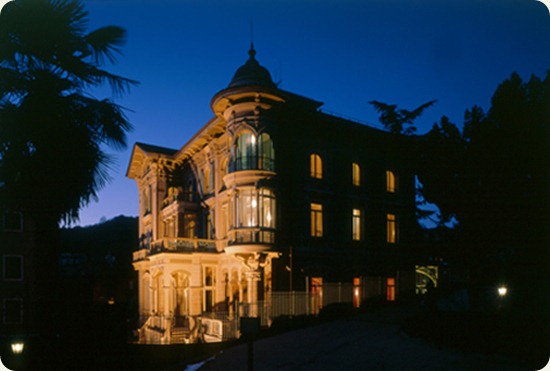
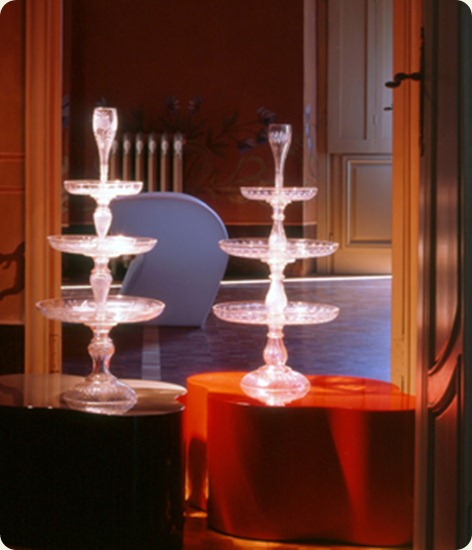
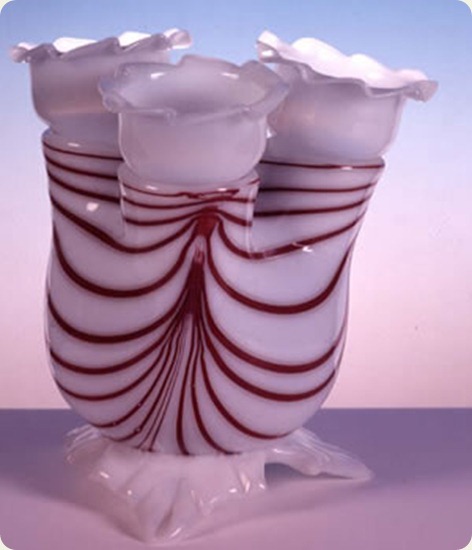
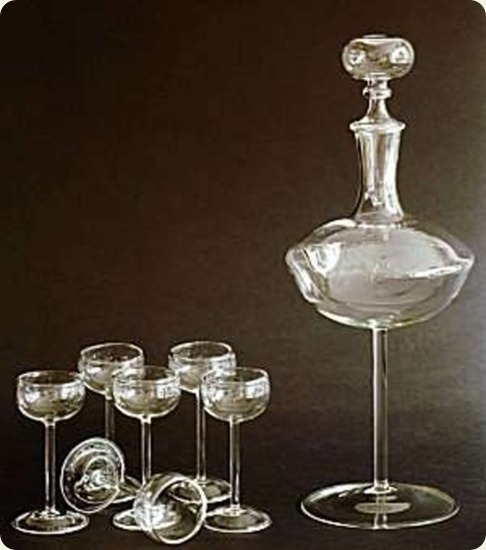
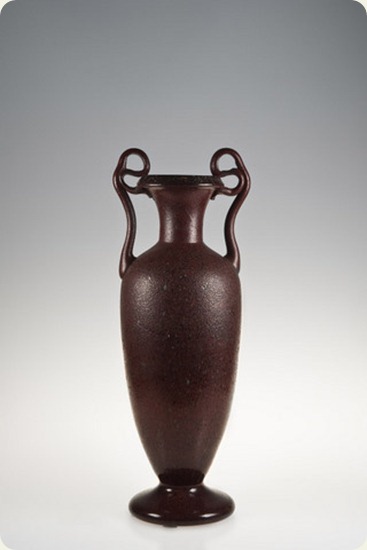
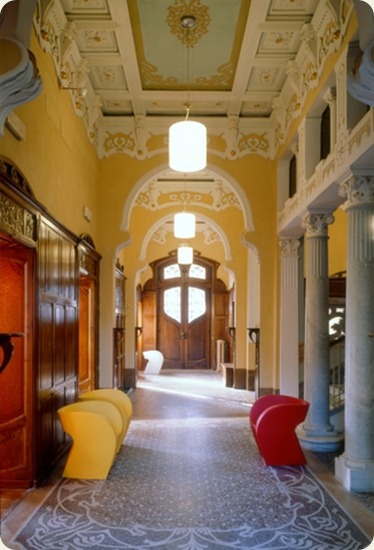
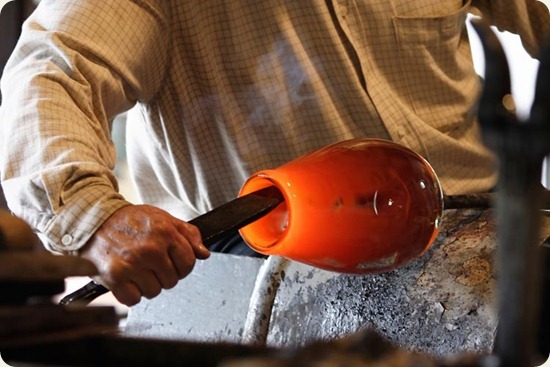
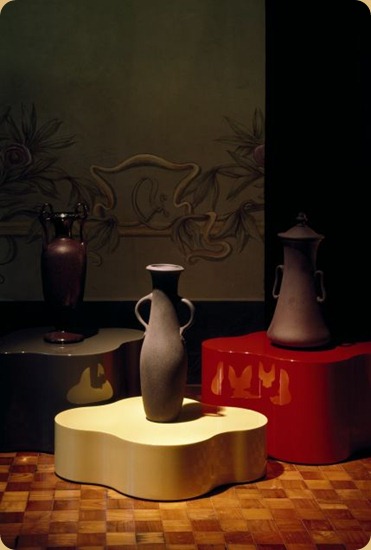
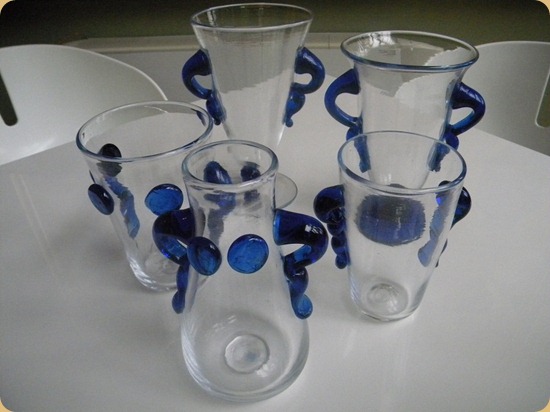
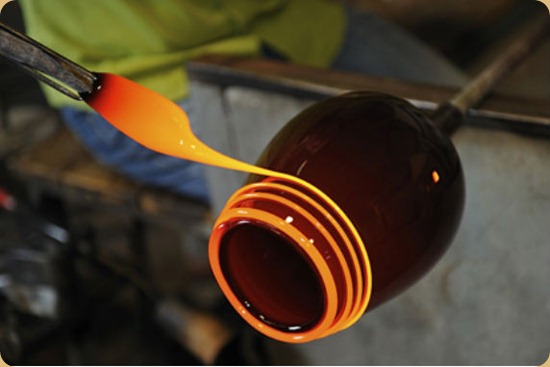
source: Italia Photo Gallery
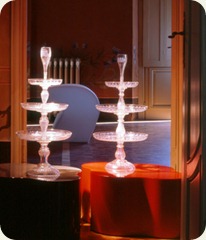 The Museum of Glass Altar (Savona) is located in the beautiful Art Nouveau building of Villa Rosa. The villa is part of a series of Art Nouveau buildings that spread throughout the country in the early 1900s, most of which still exist. Purchased by the State with the right of pre-emption in 1992, after the restoration of the villa has been restored to its former splendor and converted to house the Museum of Art Vetraria Altare.
The Museum of Glass Altar (Savona) is located in the beautiful Art Nouveau building of Villa Rosa. The villa is part of a series of Art Nouveau buildings that spread throughout the country in the early 1900s, most of which still exist. Purchased by the State with the right of pre-emption in 1992, after the restoration of the villa has been restored to its former splendor and converted to house the Museum of Art Vetraria Altare.On display are about 300 pieces precious (jars and jugs, glasses and put water bowls, lamps, etc.)., 1570 glassy findings from disparate functions, about 800 molds antique wood and cast iron and more than 400 tools for handwork , used from the late eighteenth to the beginning of the nineteenth century and today only a few shops know and use to keep alive the old traditions.
The activity of the glass altar took place continuously from the twelfth to the twentieth century. In these eight centuries of history a structural change occurred only in 1856, when the furnaces are gathered into a single company to co-operative character, SAV - Company Artistic Vetraria.
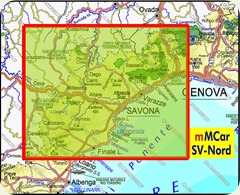 The company grew rapidly and gained prestige. Continued since the Middle Ages the production of glass for use "of any kind and a" glass for pharmacy and hospitals, of articles of artistic value, which were added in the twentieth century, glass for chemical resistant to thermal shock.
The company grew rapidly and gained prestige. Continued since the Middle Ages the production of glass for use "of any kind and a" glass for pharmacy and hospitals, of articles of artistic value, which were added in the twentieth century, glass for chemical resistant to thermal shock.The probable origins to the early Benedictine names of glass, as indicated in the deeds of the thirteenth century, passed into the next century, a consolidation of this activity which is expressed in deeds of men from Genoa, Venice, Savona, from Pisa, in some countries the Val Bormida.
The Statute of Art imposed stranger to the payment for his admission to the guild, of three hundred pounds in the currency of Savona staying for four years, "shock absorber" and four other apprentice, before you qualify as a teacher. With the end of the fifteenth century, Altar reached number two hundred glass masters associated with each other.
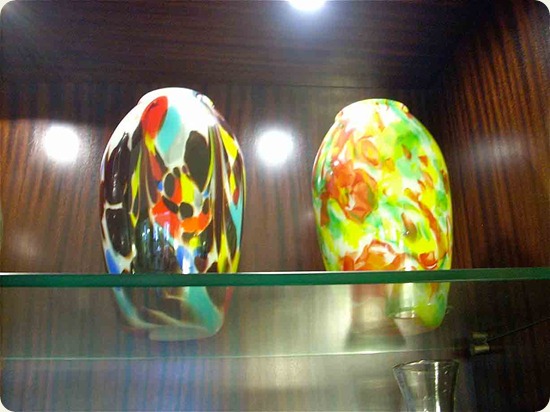




Comments
Post a Comment